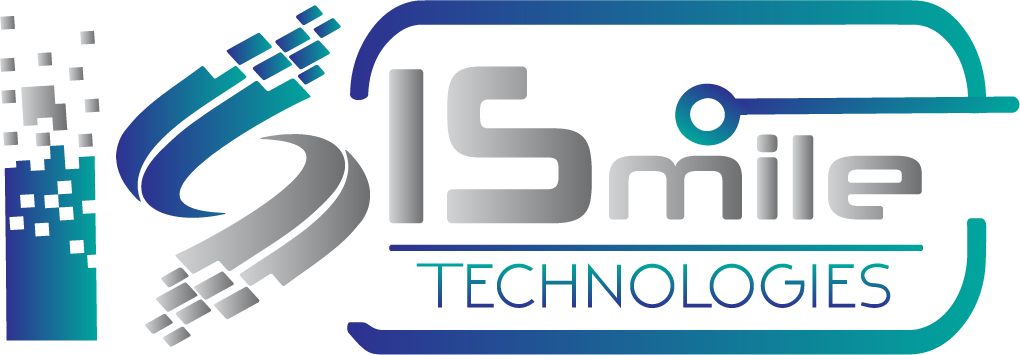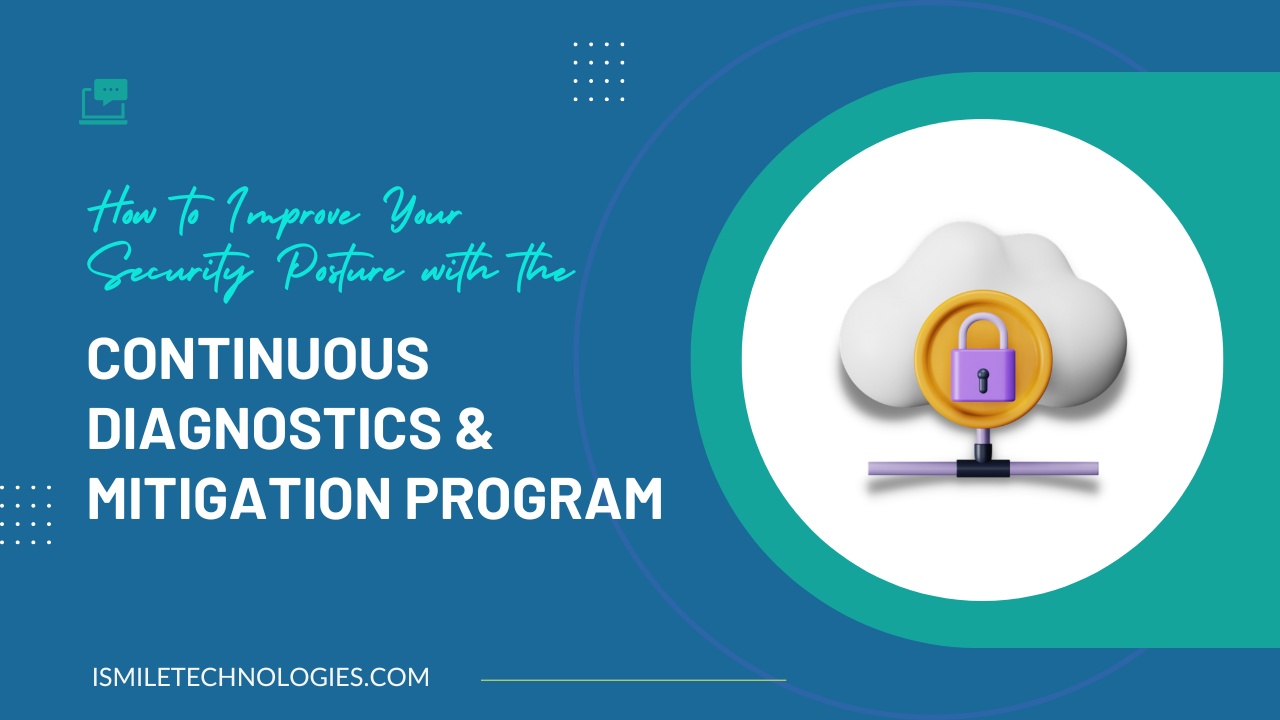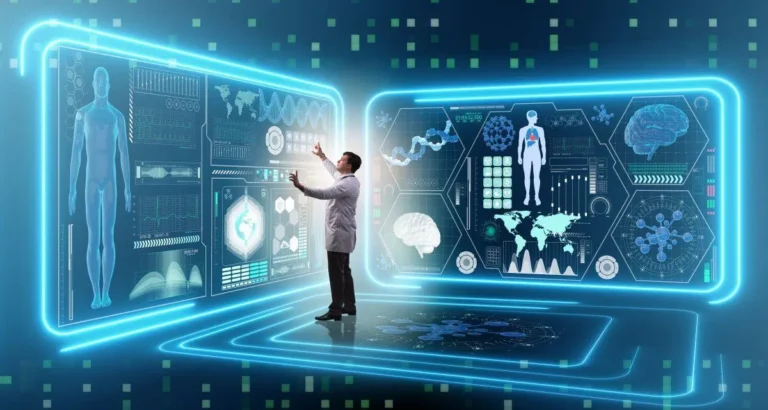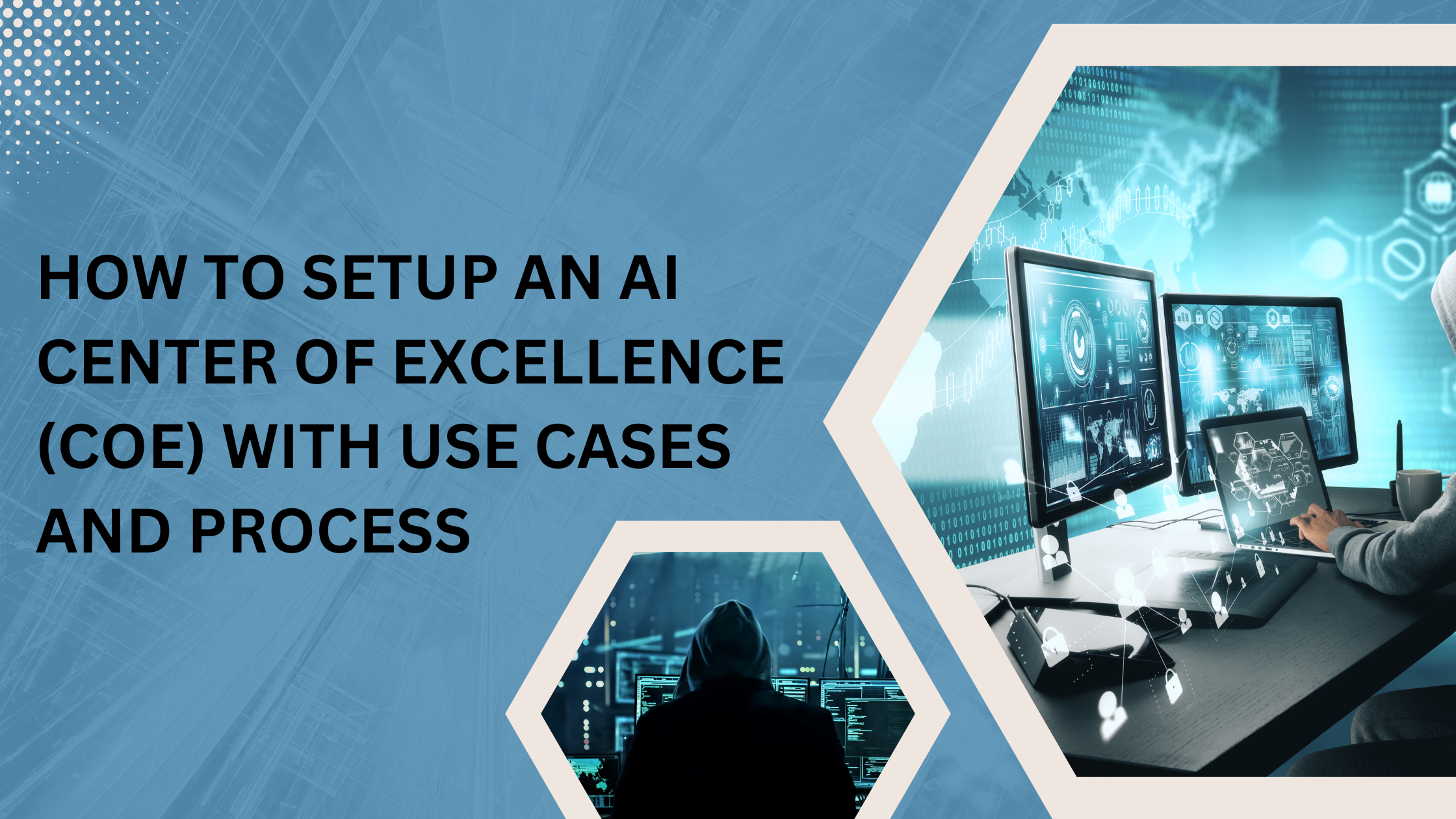The CDM program provides abilities and tools to the network administrators that enable them to know the state of their respective networks, understand the risks and threats, and help them to identify and mitigate faults at near-network speed. As you continue to adopt new and innovative technologies, you also must take the proper steps to secure information. Today information networks are very complex and connected, and there are more chances of the information becoming compromised. Now, you rely on safe & secure technology to meet mission needs. That’s why we have the Continuous Diagnostic and Mitigation (CDM) program, which is a crucial step to improving the security posture.
Exploring the CDM program
The CDM program allows you to automate and enhance the monitoring capabilities by giving diagnostic and mitigation tools with the dashboards. Currently, the following activities are being conducted concerning CDM:
- Deploying and managing sensors for hardware asset management.
- Deploying & managing sensors for software assets and whitelisting.
- Mitigating vulnerabilities.
- Setting compliance standards.
- Capturing data about cybersecurity flaws.
- Show the risks in a continuously updated dashboard.
The CDM scope includes the following 15 functional areas:
- Hardware asset management
- Software asset management
- Configuration management
- Vulnerability management
- Manage network access controls
- Manage trust in people granted access
- Manage security-related behavior
- Manage credentials and authentication
- Manage account access
- Prepare for contingencies and incidents
- Respond to contingencies and incidents
- Design and build in requirements policy and planning
- Design and build in quality
- Manage audit information
- Manage operation security
How does CDM work?
CDM is a powerful program that gives you the means to expand your continuous monitoring capabilities via increasing sensor capacity and increasing risk awareness. The CDM program aims to scan networks once every 72 hours to find potential vulnerabilities or attacks. The following are the additional insights on how the program works:
- First, you install and/or update the diagnostic sensors, and the newly installed sensors start doing automated searches for known cyber flaws.
- In the CDM’s future phase, scanned results will be introduced into an enterprise-level dashboard that gives customized reports, alerting IT managers about the most critical cyber risks. With the help of these reports, they will readily identify which network security issues to address first – this will enhance the overall security posture of agency networks.
- Progress reports that track results are shared within the organization. Summary info is fed into an enterprise-level dashboard to prioritize ongoing cyber risk assessment.
5 Best practices when implementing CDM
Today’s CDM tools ensure compliance with cyber government mandates and give the technology to use CDM to excel in your mission goals. Adopting CDM solutions is far more than just checking a box for compliance. If you implement CDM tools correctly, you can improve your cybersecurity posture. There’s just no doubt about it. Here we are giving the five best practices to leverage CDM’s benefits fully.
1. Operate while taking a broad view of continuous monitoring
Taking CDM comprehensively allows you to determine if your organization is effective, efficient, secure, and compliant. It would help if you visualized the programs’ complete potential to get the most out of the CDM. Therefore, you should fully view what assets you have on your network and must be able to monitor them to spot abnormalities.
2. Secure executive buy-in
To implement CDM, employees at all levels must understand the importance of cyber security measures. But then, the decision to implement CDM must be taken at the top of the hierarchy. Ultimately, it must be the decision of the CISO to invest in a CDM solution. The support must be from management, including the CISO, the CIO, and the department heads. To fulfill the CDM mandates, upper-level management must decide that CDM is a priority and that organization is going to devote the time and resources to get it done and get it done correctly. If it’s just a CIO that hands it off to an individual who doesn’t have the authority, then it’s either not going to be very successful, or it’s going to be just a window dressing to prove compliance. In that way, their overall cyber security will remain the same.
3. Implementation & compliance collaboration
Once the decision to pursue CDM has been made, CISOs will depend on their entire organization to implement the program to fulfill compliance. In a typical IT organization, jobs are divided by the areas of responsibilities. One area can be about deploying and managing sensors, another can be about compliance and another on reporting. The CISO will rely on those people to understand their environment and requirements. When you consider a solution that best meets your needs, you must consider all the stakeholders engaged throughout the process. Every stakeholder is vital in bringing value and security to your CDM solution. The various stakeholders can be broken down into the following categories:
- Sensor Deployment and Management
- Data Aggregation
- Reporting and Presentation
- Risk Based Decisions
4. Knowing the maturity level
The maturity level of the IT organizations may defer and require a different kind of cyber security solution. In some cases, the organizations will be just starting, while in other scenarios, they will already be using certain aspects of CDM. To adopt the right CDM solution, organizations must assess their preparedness level. Organizations must have the insights to know what solution is best for their needs. They must understand their maturity level by assessing where they are in the life cycle. Organizations can start with the following first four functional areas:
- Devices
- Inventory
- Configuration
- Vulnerability
5. Define metrics
The IT Security metrics have been defined to help organizations prioritize their cyber security efforts. Every year a set of cyber security metrics are defined. An organization can use the metrics to guide that year’s cybersecurity efforts.
The five best practices mentioned here are just the start of your journey to adopting a CDM solution. CDM allows you to improve your awareness of threats & network vulnerabilities, providing the ability to mitigate cyber threats. Want to assess your security posture? Schedule a free assessment today.








